The dynamic and adaptable human foot contains 26 bones and 33 joints. Getting them moving well can help your turnout!
During Week 2 of our "Turnout" workshop at Dancenter North, I was so happy to hear that some of the dancers had felt that their turnout was already improving since Week 1. Yes! Great job, ladies! Now, onto the feet:
- Foot structure is highly individual. Flat feet? High arches? Whatever! How your foot functions is much more important than what it looks like. Ideally, your foot should function a little bit like a spring, flexing gently downward as you put weight onto it or perform a plié, but also rebounding back up when you take weight off of it or rise onto relevé.
- Your foot contains an astounding 26 bones and 33 joints. These bones and joints move 3-dimensionally to keep you connected to the floor as you move. This incredible function not only allows you to keep your balance, but also feeds movement, like a chain reaction, to the rest of your leg and body.
- Although our ankle joints have lots of motion in the sagittal plane (front to back motion seen when flexing and pointing the foot), they are still 3-dimensional joints. The small amounts of frontal plane (side to side) and transverse plane (rotational) motion at the ankles have a big influence on the ability of the ankle to flex and point fully. In addition, maintaining good rotational ability through the ankle allows your lower leg to contribute to the total turnout of your leg.
Foot Note: Forcing your turnout to the point where your arches roll in toward the floor limits the ability of your foot to stay stable on the ground while you are dancing. Try readjusting your turnout to an angle where your foot can be comfortably flat and your arch a little bit springy- this is your successfully turned out position!
During the Week 2 class, we worked on a number of exercises to help the foot and ankle move and work well. Check out the stretch below and try it for yourself- remembering to stay pain free and work where you feel comfortable and successful.
Thanks for joining us- see you next week!
Two approaches to stretching the calf in three dimensions:
Position/Movement: Face the barre or a wall, use hands for support. Place 1 foot on the floor, toes forward, toes in, or toes out (whichever is most comfortable). Move other knee 5-10 times in each direction: straight forward and backward, then straight side to side, then rotationally to the right and left. Allow your body to follow the movement of the knee. If your ankle on the standing leg isn't moving, bring that foot closer to the wall and try again. Please discontinue this exercise and consult your doctor or physical therapist if you feel pain.
Pictured Left: Towel roll under the heel lessens the (dorsi)flexion in the ankle allowing more side to side and rotational movement success.
Pictured Right: Towel roll under the ball of the foot causes more dorsiflexion in the ankle, which challenges the foot and ankle to be more flexible in all 3 directions.



